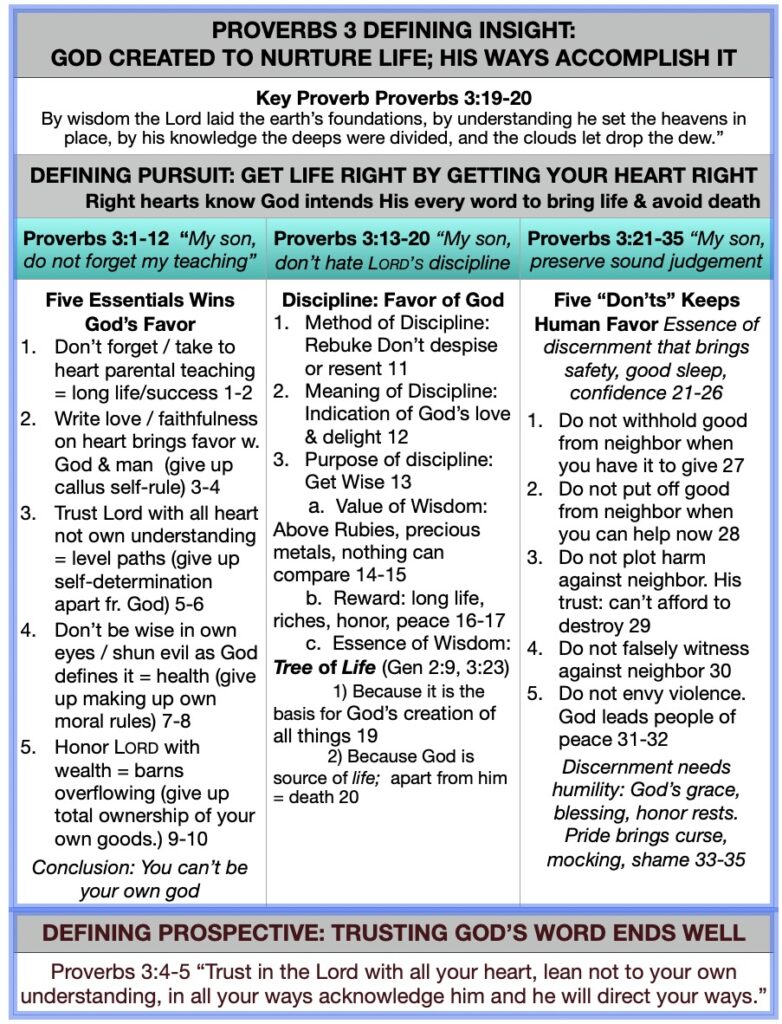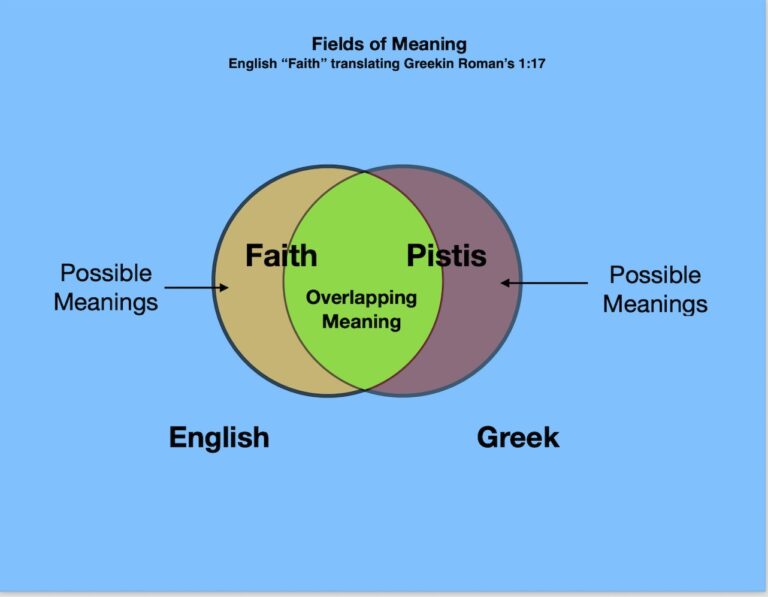Why Most People Misread Proverbs

This ancient mosaic was created by a collection of colored stones arranged so that if you stand far enough back you will see the image. But if you get too close to the canvass trying analyze the individual stones you will not be able to see any image at all. This method of art had advantages. It could take raw materials like stones that by themselves had little artistic value, but arranged together could produce an exceptional artistic message.
The Mosaic of Proverbs
When we look at the ancient book of Proverbs, we are faced with a mosaic. It uses individual proverbs that had been passed along for centuries as the raw material to create an elaborate portrait of character a young person would need to develop success in life. But most readers get too close to the text only trying to make sense of the individual stones or proverbs. They see no artistic image. Some bible teachers then hunt through the chapters to pick out similar stones or proverbs and rearrange them by subject. But the effect of this would be the same as if we rearranged the stones in the above mosaic into matching colors. This of course would destroy the image that the artist was trying to create.
Picture the Sistine Chapel
Proverbs is like Michelangelo’s Sistine chapel where each chapter creates a related image in the overall artistic message. That message was originally created to prepare young men for successful service to nobles and Kings in a hostile world. By using well known proverbs and arranging them into an elaborate mosaic, the student would be able to grasp the ideas quickly and remember them while at the same time create a complete image of the successful young man or woman.
To illustrate, below is a flow chart of the third chapter of Proverbs that I created to show one of the images that the book shapes with individual proverbs.

The Setting of the Proverb
The above chapter assembles 35 individual proverbs into a single image of an early stage of development in the success of a young person. Proverbs 1 warns the student against embracing violence instead of wisdom for getting ahead and encourages a passionate search for wisdom in Proverbs 2. Proverbs 3 focuses the students attention on the goodness and trustworthiness of God. God created by this same wisdom so that life would always be nurtured and death avoided. That is the point of verses 19-20: “By wisdom, the Lord laid the earth’s foundations, by understanding he set the heavens in place, by his knowledge the deeps were divided, and the clouds let drop the due.”
Focus On a Disciplined Heart
The proverb emphasizes the need of the student to train their heart to understand this. The writer breaks the chapter into three sections that he signals by using individual proverbs that begin with the words “My son …”. The first section lists five things our heart needs to be able live within the bounds of God’s favor. The second section introduces a subject that will be discussed throughout the rest of the book: Corrective discipline. The student is warned that to grow in wisdom will only come with God’s discipline which the writer describes as the “tree of life” itself.
Five Things Not to Do
The third section then defines discernment in light of five things a person can’t do if he wants to operate within the favor of his neighbors. The whole proverbs ends with an exhortation to humility because only a humble person will be able to do the things prescribed above.
Keeping the Entire Image in View
This proverb is designed to give the student a mosaic picture of how his heart will need to be shaped through learning to trust God’s words and ways and why that is necessary for success. It also modifies things like the promise that if you honor God with your wealth, God will bless you materially. This promise is only one piece of the puzzle in the context of the whole image the proverb is drawing. It isn’t an isolated formula disconnected from the entire image.
Pieces of the Puzzle
Noticed all the pieces of the image:
- Take to heart parental/ancient teaching
- Write love and faithfulness on your heart
- Trust in the Lord with all your heart not your understanding
- Don’t be wise in your own eyes (give you making your own moral rules)
- Honor the Lord with all your wealth bring God’s blessing
- Don’t despise God’s discipline—It shows God delight; it is a tree of life and is how God created everything
- Don’t withhold good from neighbor
- Don’t put off good to neighbor
- Don’t plot harm to neighbor
- Don’t falsely accuse a neighbor
- Don’t envy violent people
- Be humble—God gives grace to humble
Foundations of Character
The first nine chapters of Proverbs are introductory. Those who collected and arranged the book develop these introductory subjects in more detail in later chapters adding more mature qualities necessary for success once a young man goes out on his own. But here they introduce important ideas assembled around the idea of getting the student’s heart in the right frame of reference to even stand a chance.
The Power of Seeing the Mosaic
When each chapter of proverbs is looked at in the above fashion the real power of the book emerges. And then when those chapters images in proverbs are collated together into a total mosaic, the complete understanding of what makes for genuine success over the whole of life no matter the ups and downs we face.




